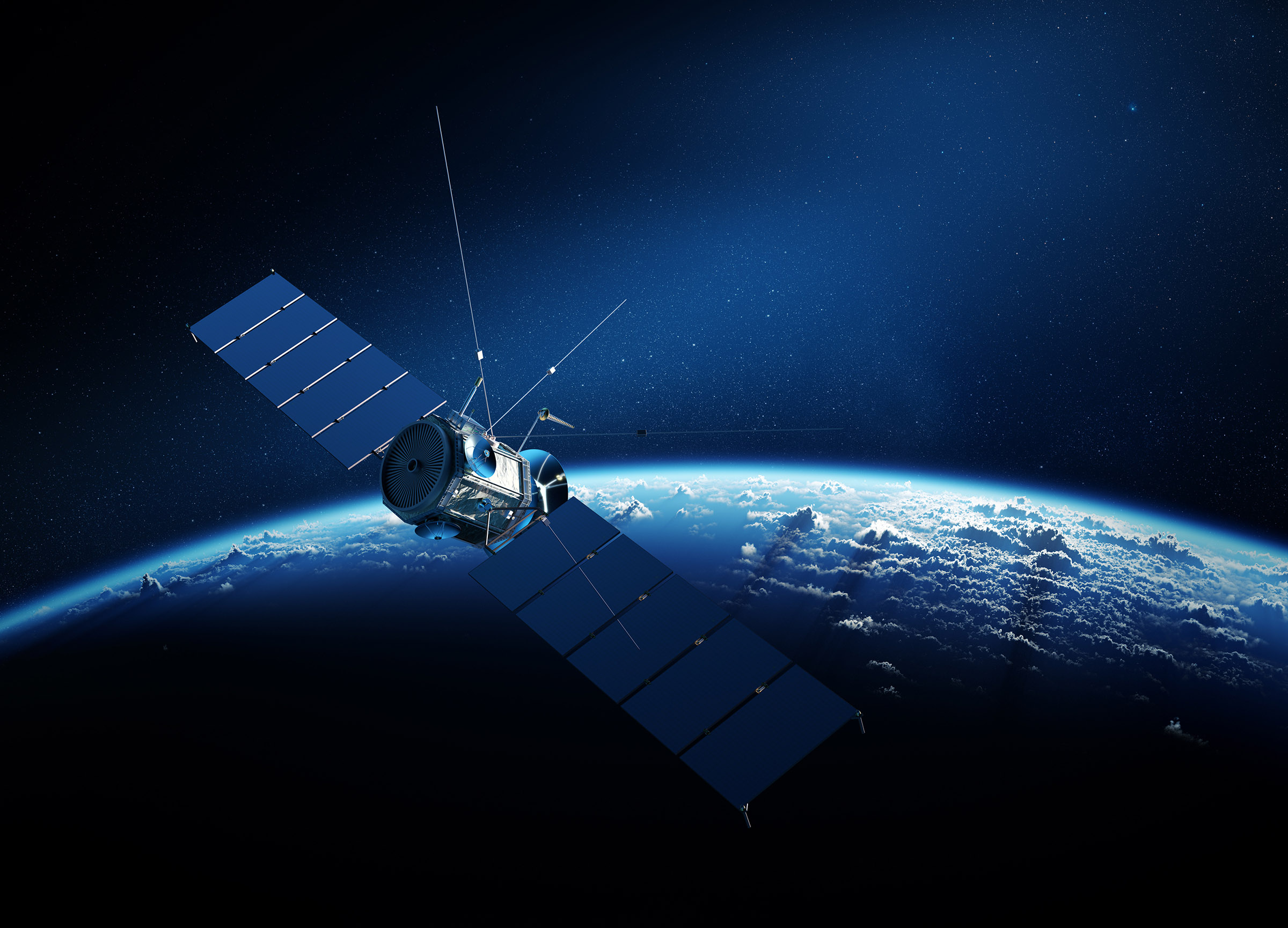Early last year, a massive underwater volcano erupted, creating a powerful shockwave of plasma bubbles that were strong enough to disrupt radio communications in space, a new study has revealed. The 2022 Tonga volcano eruption hit in January when the large, cone-shaped, undersea volcano erupted with a very violent explosion of force.
The eruption generated massive, record-breaking volcanic plumes, one of which Space.com reports reached over 35 miles tall. The eruption also triggered a series of tsunamis throughout the oceans as far as the Caribbean. It’s considered the most powerful natural explosion in over a century, with reports that it rivaled the strength of a large U.S. nuclear bomb.
While prior research into the 2022 Tonga volcano eruption found that it created atmospheric waves powerful enough to disturb the ionosphere, this new research showcases just how far those waves reached, and just how devastating they were to satellite signals orbiting our planet.

It has long been speculated that powerful volcanic eruptions and other volcanic activity could disrupt the F-region of the ionosphere. This region of the atmosphere contains the highest concentration of ions found in the atmosphere. When the Tonga volcano erupted last year, it appears the eruption was so strong it created “equatorial plasma bubbles” in the ionosphere, essentially creating holes GPS and communication signals couldn’t break through.
This new research, which is published in the journal Scientific Reports. But the researchers didn’t just prove that eruptions like the 2022 Tonga volcano eruption can create these bubbles in the atmosphere. They also showcased that these bubbles can extend far beyond what was previously speculated, with the researchers noting that they reached an altitude of at least 2,000 kilometers (1,240 miles).
The scientists also discovered that the eruption created a sudden rise in the density of electrons and an increase in the ionosphere’s height, which appeared hours before the initial shockwave hit. This fast response, they believe, may be tied to the atmosphere waves created from the eruption interacting with the electrically charged ions found within the ionosphere.
As such, it’s possible that the 2022 Tonga volcano eruption led to a blackout within GPS and even communication signals, something we’ve become accustomed to seeing from solar flares.







